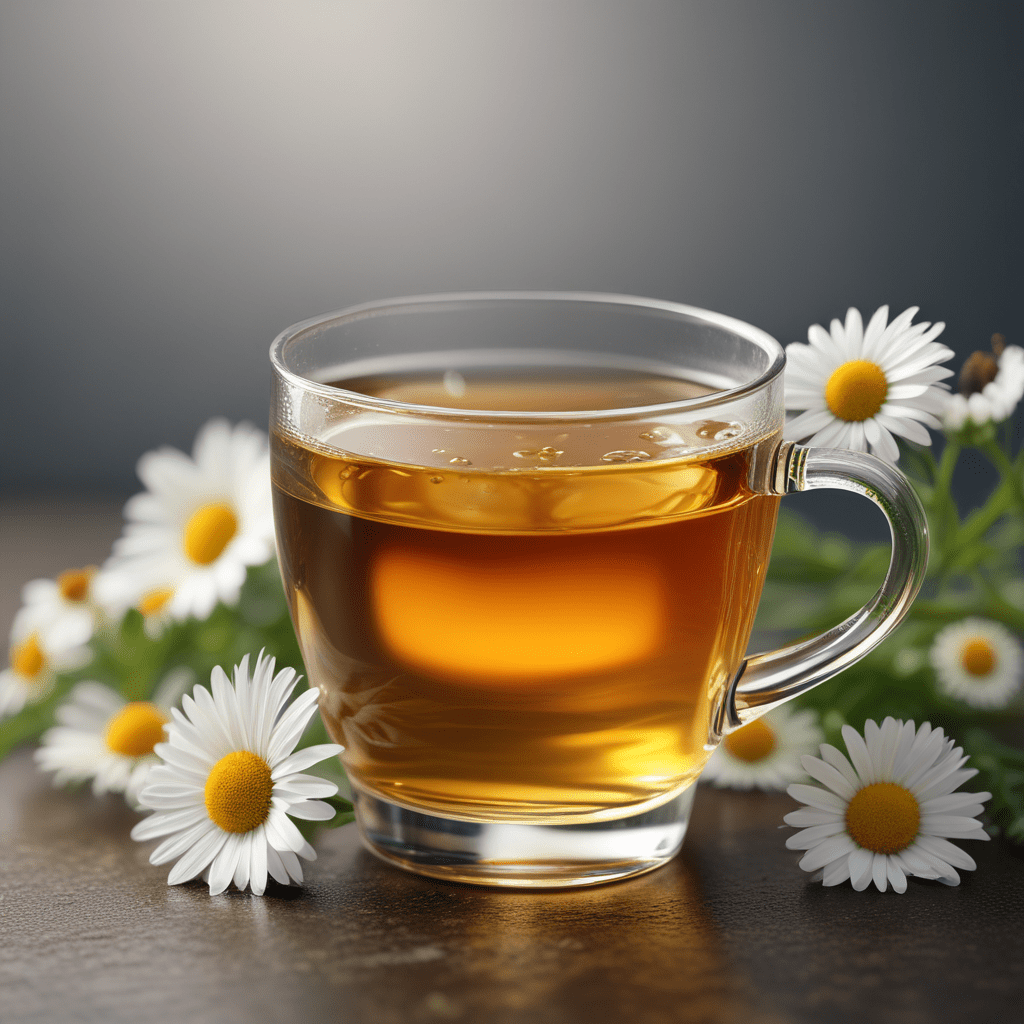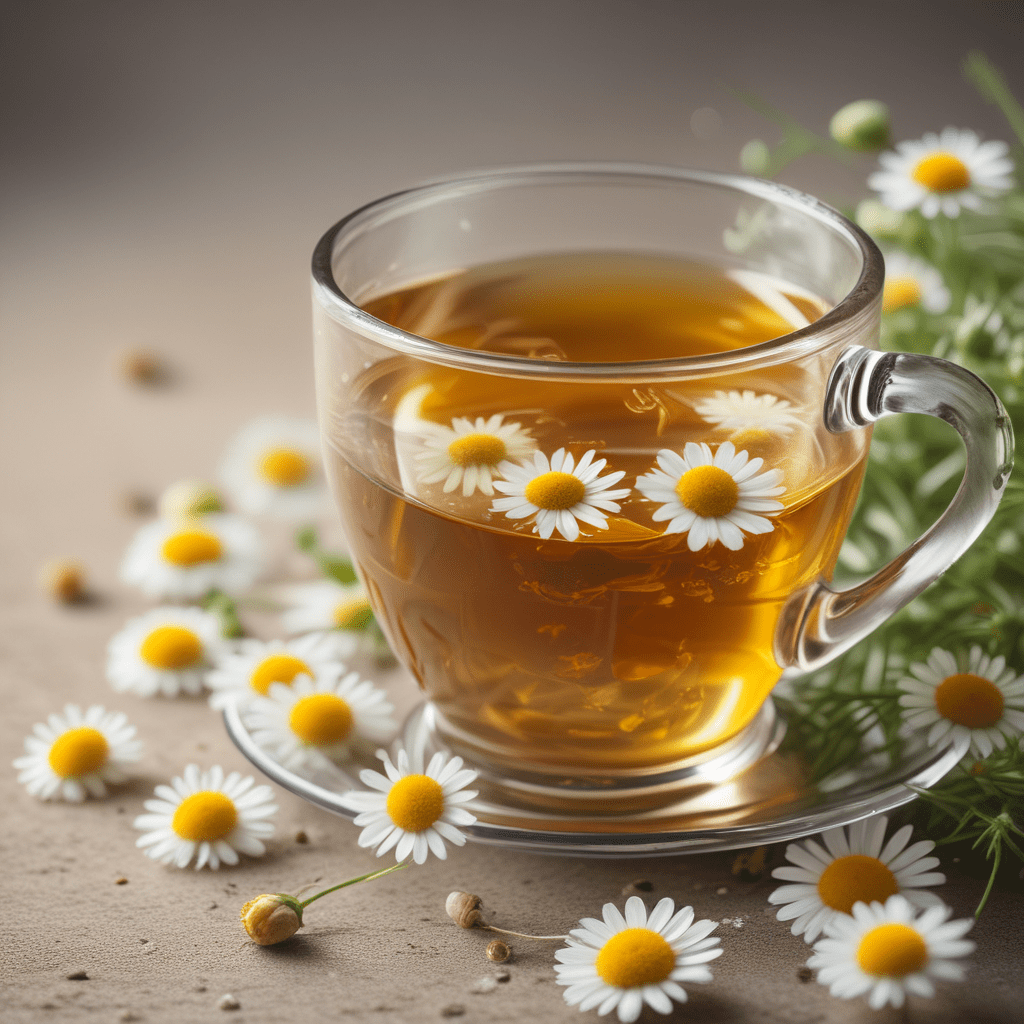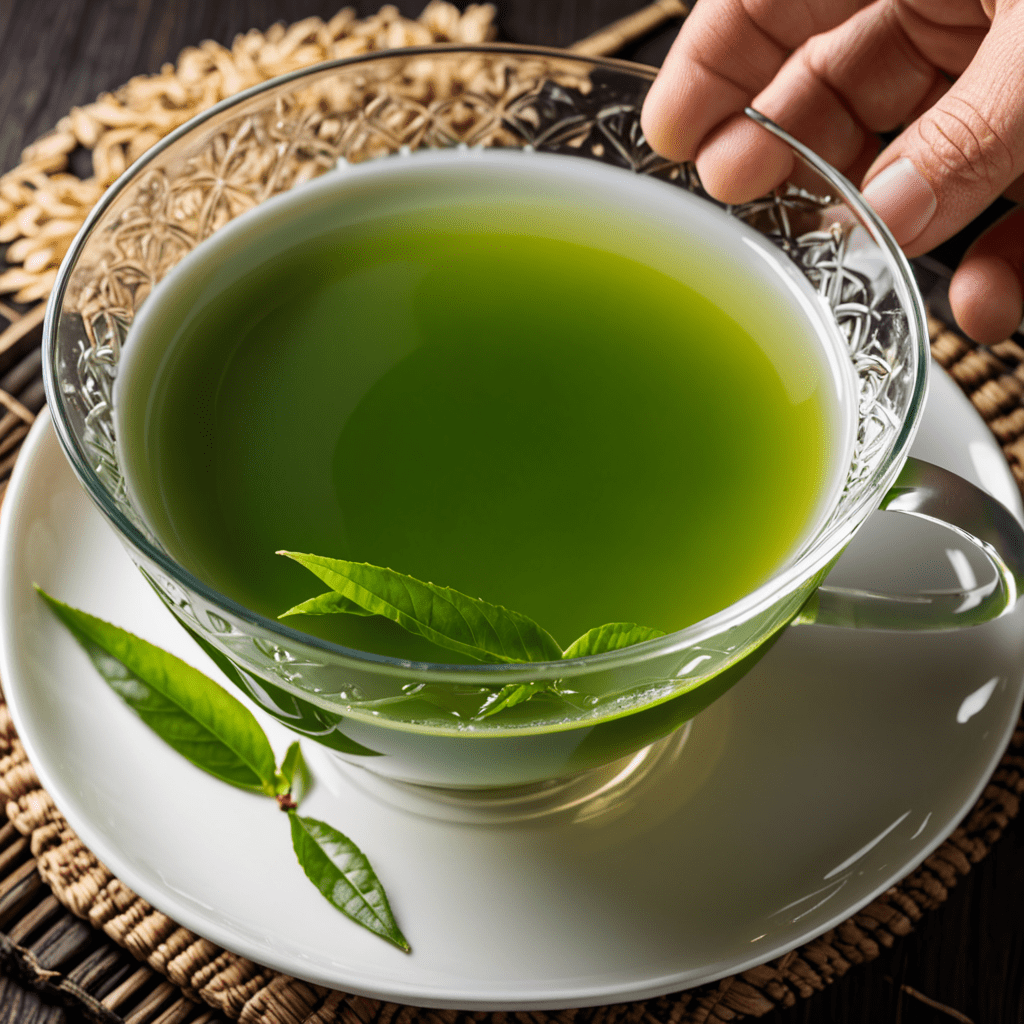Ceylon Tea: A Cultural Icon of Sri Lanka
Introduction
Ceylon tea, renowned for its exceptional quality and distinct flavor profile, holds a cherished place in the cultural tapestry of Sri Lanka. Its emerald-green leaves, plucked from the lush tea estates nestled amidst rolling hills, have become synonymous with the island nation's identity. This aromatic beverage has not only shaped Sri Lanka's economy but also played a pivotal role in its social and cultural fabric.
History of Tea in Sri Lanka
The introduction of tea to Sri Lanka, then known as Ceylon, dates back to the mid-19th century. In 1867, James Taylor, a British planter, established the first tea plantation in Kandy, marking the dawn of a new era in the country's agricultural history. By the early 20th century, tea had become Sri Lanka's primary agricultural export, transforming the island into one of the world's leading tea producers.
Cultivation and Production of Ceylon Tea
The unique climate and geography of Sri Lanka provide ideal conditions for tea cultivation. Tea plants thrive in the country's tropical climate, with abundant rainfall and well-drained soils. The country's highlands, particularly the Central Province, are home to some of the world's most renowned tea estates, where tea is grown using traditional and sustainable methods.
VI. Economic Importance of Ceylon Tea
Ceylon tea is not only a cultural icon but also a cornerstone of Sri Lanka's economy. As one of the world's largest tea exporters, Sri Lanka relies heavily on the revenue generated by tea exports. Tea accounts for a significant portion of the country's foreign exchange earnings and provides employment to millions of Sri Lankans involved in the cultivation, processing, and export of tea.
VII. Social and Environmental Impact of Tea Cultivation
The cultivation of Ceylon tea has had a significant social and environmental impact on Sri Lanka. The introduction of tea plantations led to the establishment of communities in remote areas, improving infrastructure and access to education and healthcare. However, the expansion of tea cultivation also raised concerns about deforestation and the impact of agrochemicals on the environment. Sustainable tea cultivation practices have been adopted to address these concerns.
VIII. Ceylon Tea in International Trade
Ceylon tea is renowned globally for its exceptional quality and unique flavor. It is exported to over 100 countries worldwide, with major markets including Russia, the Middle East, and Europe. The Ceylon Tea Board plays a crucial role in promoting and regulating the export of Ceylon tea, ensuring that it meets the highest international standards.
IX. Innovations and Sustainability in Ceylon Tea Production
The tea industry in Sri Lanka is continuously evolving, with research and innovation leading to new technologies and sustainable practices. Tea producers are adopting innovative techniques to improve productivity and reduce environmental impact. Initiatives such as organic tea production, fair trade, and ethical sourcing have become increasingly important in meeting the demands of global consumers.
X. Conclusion
Ceylon tea is more than just a beverage; it is an intrinsic part of Sri Lankan culture, history, and economy. Its emerald-green leaves, aromatic flavors, and cultural significance have made it a symbol of Sri Lanka on the global stage. The tea industry continues to evolve, balancing innovation and sustainability to ensure that Ceylon tea remains a cherished part of the nation's heritage and a source of pride for generations to come.
FAQ
What is Ceylon tea?
Ceylon tea is a high-quality black tea grown and produced in Sri Lanka, formerly known as Ceylon. It is known for its unique flavor profile and vibrant color.
What makes Ceylon tea different from other teas?
Ceylon tea is grown in the ideal climate and geography of Sri Lanka, giving it a distinctive flavor and aroma. The careful plucking and processing methods contribute to its superior quality and consistency.
What are the main varieties of Ceylon tea?
Ceylon tea is available in a range of varieties, including black tea, green tea, and white tea. Black tea is the most common type, with variations such as Dimbula, Uva, and Nuwara Eliya.
Where can I buy Ceylon tea?
Ceylon tea is available in specialty tea shops, online retailers, and some supermarkets. Look for the Ceylon Tea logo to ensure you are purchasing genuine Ceylon tea.
How can I make the perfect cup of Ceylon tea?
To brew the perfect cup of Ceylon tea, use fresh, cold water and allow the tea leaves to steep for an optimal amount of time, depending on the desired strength. Add milk, sugar, or honey to taste.



